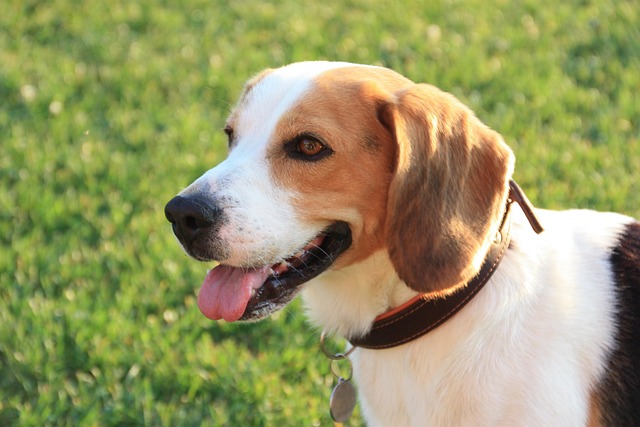
Can I use coconut oil to make hair conditioner for my dog
If you’ve ever finished bathing your dog, reached for the bottle of dog conditioner, and realized it’s empty—staring at a jar of coconut oil in your pantry instead
Seeing your dog’s wagging tail and bright eyes is heartwarming, but what about their dental health? Just like in human healthcare, local pet care regulations might impact how you approach dog dental hygiene. Some areas have guidelines on acceptable products for at - home dental care, and understanding these rules sets the foundation for proper tooth brushing.
The frequency of brushing largely depends on your dog’s age, breed, and diet. Puppies, with their growing teeth, can start with gentle weekly brushing sessions using a soft - bristle puppy toothbrush. As they transition to adult teeth around six months old, gradually increase to 3 - 4 times a week. In many regions, there are standards for pet product safety, so make sure any toothpaste you use is specifically formulated for dogs—human toothpaste can be harmful if swallowed.
For adult dogs, aiming for daily brushing is ideal. Plaque starts building up within 24 hours, and consistent brushing helps prevent tartar formation, gum disease, and bad breath. If you can’t manage daily, aim for at least 4 - 5 times a week. Some neighborhoods even have community - led pet health initiatives that might offer resources or advice on maintaining proper dental care, so keep an eye out for local opportunities.
 Certain breeds are more prone to dental issues. Smaller breeds like Chihuahuas and Pugs often have crowded teeth, making them susceptible to plaque buildup. For these dogs, daily brushing isn’t just recommended—it’s crucial. When choosing dental products, be aware that some areas regulate the sale of pet items with specific active ingredients. Always read labels carefully and avoid products with substances that could violate local pet care laws.
Certain breeds are more prone to dental issues. Smaller breeds like Chihuahuas and Pugs often have crowded teeth, making them susceptible to plaque buildup. For these dogs, daily brushing isn’t just recommended—it’s crucial. When choosing dental products, be aware that some areas regulate the sale of pet items with specific active ingredients. Always read labels carefully and avoid products with substances that could violate local pet care laws.
During brushing, pay attention to your dog’s reaction. If they seem uncomfortable or show signs of pain, it could indicate an underlying dental problem. In such cases, it’s not only in your dog’s best interest but may also be required by local animal welfare laws to consult a veterinarian. The vet can perform a professional cleaning and check for issues like cavities or gum infections.
In multi - pet households, each dog might have different dental needs. Some dogs might tolerate brushing better than others, while diet variations—such as raw food versus kibble—can also affect tooth health. If you’re unsure about the right approach, many local pet stores offer consultations or carry educational materials compliant with regional pet care regulations.
Maintaining your dog’s dental health is a labor of love. By following appropriate brushing frequencies and adhering to local guidelines, you’re not only ensuring a healthy mouth but also a happier, longer - lived furry companion.

If you’ve ever finished bathing your dog, reached for the bottle of dog conditioner, and realized it’s empty—staring at a jar of coconut oil in your pantry instead

If you’re a new dog parent in the US—maybe you’re sitting on your New York apartment floor, watching your 1-year-old Golden Retriever

If you’re a new dog parent in the US—maybe you’re sitting on your Arizona apartment floor, holding your 6-month-old Beagle’s ear open with one hand

Most Labrador owners start wondering about their pup’s coat change around the time those tiny paws turn into bigger, more energetic ones. Typically, Labs begin losing their soft puppy coat between 4 and 6 months of age.

If you’re a new dog parent in the US—maybe you’re staring at your Texas apartment counter, holding a $200 groomer bill for your Goldendoodle’s last trim

Finding loose fur on your puppy’s bed or your couch can make any new owner pause—wondering if it’s a sign of trouble or just part of growing up.